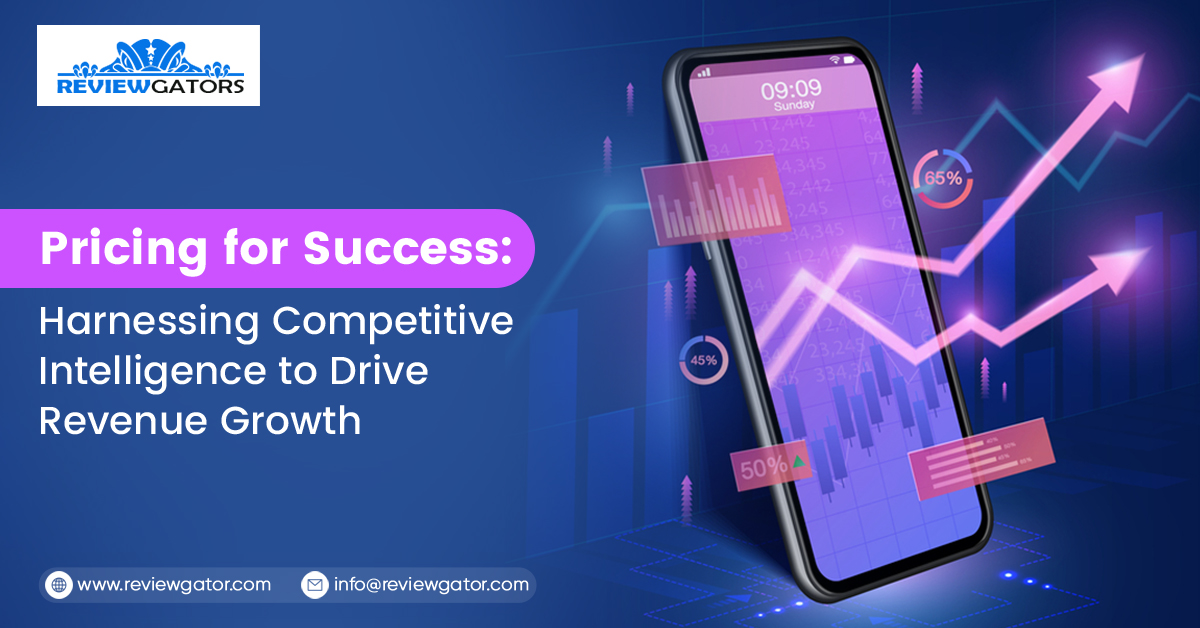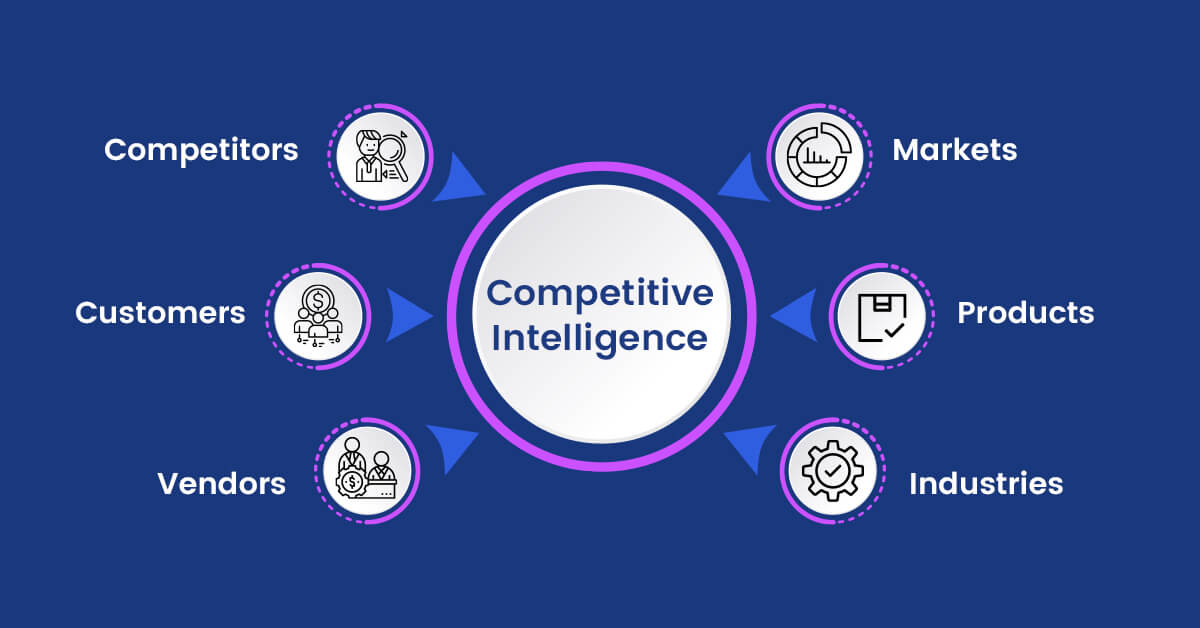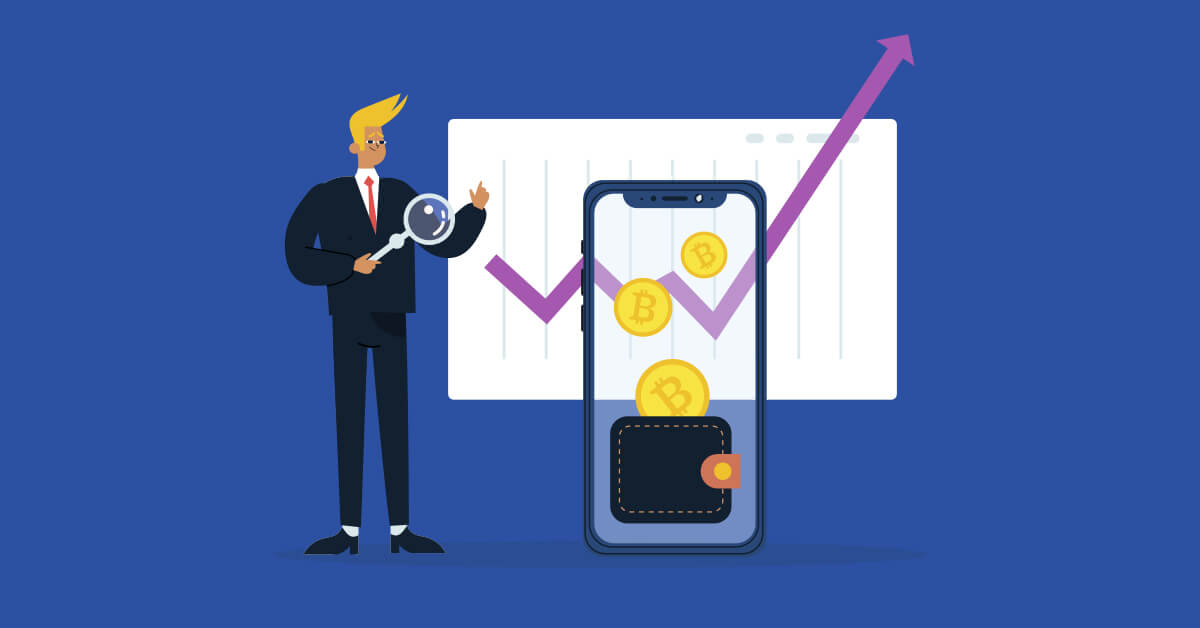Blog / Discover how competitive pricing intelligence can significantly boost your revenue. Learn valuable strategies and insights to stay ahead in the market and maximize your profits.
13 July 2023

The market is trendier than ever. Companies are pushing the envelope of how they do business and how they perceive success. Indeed, it's no longer enough just to be one of the "big dogs" in a small pond - you must have an edge over your competition. An advantage that can help you stand out from the rest and drive revenue growth for your company.
How does this aspect become a reality? Competitive intelligence (CI) is the answer! This blog post will provide actionable advice on how implementing pricing intelligence into your organization can make all the difference.

The modern business landscape may seem chaotic to some, but there is a clear progression. Over the last half-century, businesses have expanded exponentially in all directions. This expansion has birthed several factors that make business today more challenging than ever.
So how does one do just that? The answer is simple: create your environment of advantage. It can be done in several ways, but one of the best and most useful is through conducting competitive intelligence studies.
Competitive Price Intelligence – Measuring Price Performance Over Time
Before we delve deep, let's ensure we're on the same page. Competitive price intelligence is essential to any traditional CI program to gauge your organization's performance against industry competitors. The goal is to assess the market value of a targeted commodity or product category. It is the process of gathering, evaluating, and synthesizing information regarding your competition's pricing.
Pricing intelligence is crucial to any CI program because it accurately captures how well you compete against your giant adversaries. Any good CI program works by gathering intel on your competition and then applying that intel to help inform pricing strategies. Knowing the competition better than they know themselves will ensure your company stays ahead of the game.
It's essential to understand that price performance can be measured in several ways. It's all about finding what works for you and what makes sense for your business model.
The way you conduct CI will always depend on your company's situation and needs. As such, it is essential to analyze the business landscape you find yourself in and then decide what will work best. Optimizing your competitive price intelligence within a category is a great way to ensure your products are priced appropriately. It can help keep your organization ahead of its competition.
When gathering intel on the competition, it's essential to know what you're looking for and where you should be looking to pick the most pertinent information. Business intelligence and CI are often used interchangeably, but they differ significantly.
CI is actionable information that helps businesses develop pricing strategies. Generally speaking, CI focuses on market share, tracking price movements, and identifying competitors' weaknesses to exploit them. On the other hand, BI is a broader term because it can relate to any form of information that can help you run your business better – from sales data to production numbers and more. Business intelligence can be applied as part of an overall CI strategy for your business or used as needed.

The key to using competitive intelligence properly is to keep your strategic and tactical market analysis on the same page. That way, you can develop a cohesive, holistic view of what's happening in your market. You'll see how your peers are faring against their competitors, and you can then adapt that understanding to your pricing strategies.
You'll also want to analyze how you compare with competitors regarding price performance. It will help you determine where you stand against your rivals – a crucial area for CI analysis.
When getting started with CI, the first step is determining the key players you'll analyze. In this context, your competition can be considered any organization that offers a similar product or service. While pinpointing who will be regarded as "competition" is difficult, you must have a broad yet concise understanding of who's out there. It's all about knowing who else is in the game and their price points. Knowing this will help you determine how well your company performs concerning its peers.
Once you've determined who your competitors are, you need to understand how they're currently pricing their products and services. How are they differentiating themselves in the market? This information can help reveal weak points for your competition and ways to improve their strategy. In turn, this will allow you to formulate a more potent pricing strategy that will help drive revenue growth for your company.
It's crucial to identify the successful strategies of your competition if you want to gain a competitive advantage over them. Consider how they use different price points, bundle products, engage with customers differently, offer special promotions and coupons, etc. It will help you gauge how well you're doing in the market.
Once you know how your competition sets its prices, use this intel to calculate your own. Calculate the difference between the lowest and highest point your competitors are pricing at. CI analysis will help you pinpoint where they are stronger than others in the market and what works for them.
It's essential to determine how you compare to your competition. It is crucial when trying to drive revenue growth for your company. Compare how well the prices of various products and services are within the market and see where you stand. Compare your sales, marketing cost per customer, price performance against your competitors, etc. It will help you pinpoint where you're on a more even playing field with the competition – something that will help guarantee healthy revenue growth for your business.
Employing competitive intelligence in various ways can help you take your company to the next level. Here are some more efficient ways that CI can contribute toward growth:
Price performance is essential for determining your products' performance in the market. Price performance analysis can also reveal how well certain product lines perform from quarter to quarter and year over year. It will help you track and monitor price movements and gauge how your prices stack up against competitors. With this information, you can make strategic changes impacting pricing decisions.
A pricing strategy helps bring all of the pieces together. It will outline the price points related to different market groups, critical to overall customer retention and growth. This will help you plan and understand how to target your customers across various price points.
One way to keep your customers happy is by ensuring they have ample choice of products and services. This means not only offering them variety but also varying at different price points.
Customer retention can be a severely under-appreciated topic in some businesses, so you must ensure you're keeping your customers satisfied throughout their lifecycle.
A company must first develop a list of essential competitors for analysis to maximize its competitive intelligence efforts. These competitors include suppliers, direct competition, and indirect competition. All three play a crucial role in improving business intelligence analysis and decision-making for the better. Competitive intelligence is incorporated in making decisions for the company's growth and profitability and optimizing resources or personnel.
Determining the best way to gather information on your competitors is vital. It requires using different sources of information available today, such as sales data, market data, customer service records, management reviews, CEO reports, etc.
Feel free to reach us if you need any assistance.
We’re always ready to help as well as answer all your queries. We are looking forward to hearing from you!
Call Us On
Email Us
Address
10685-B Hazelhurst Dr. # 25582 Houston,TX 77043 USA